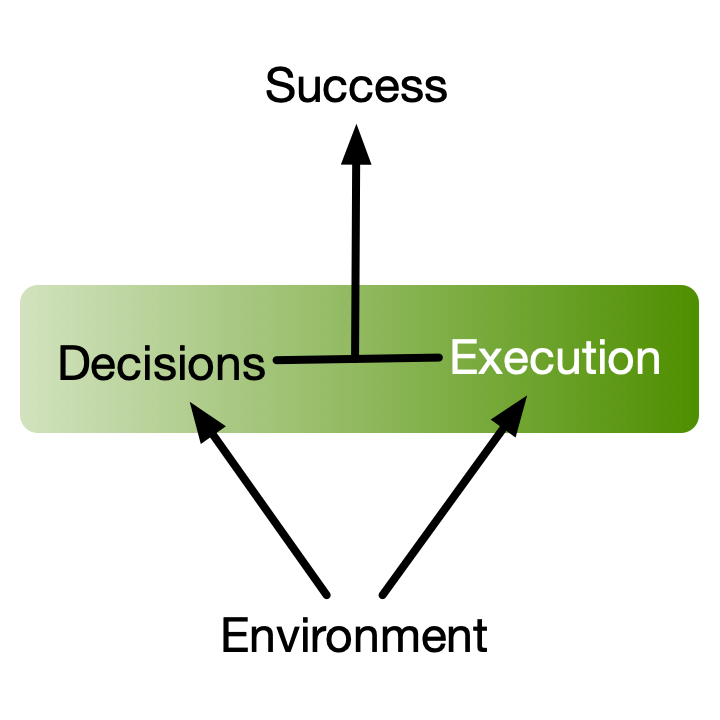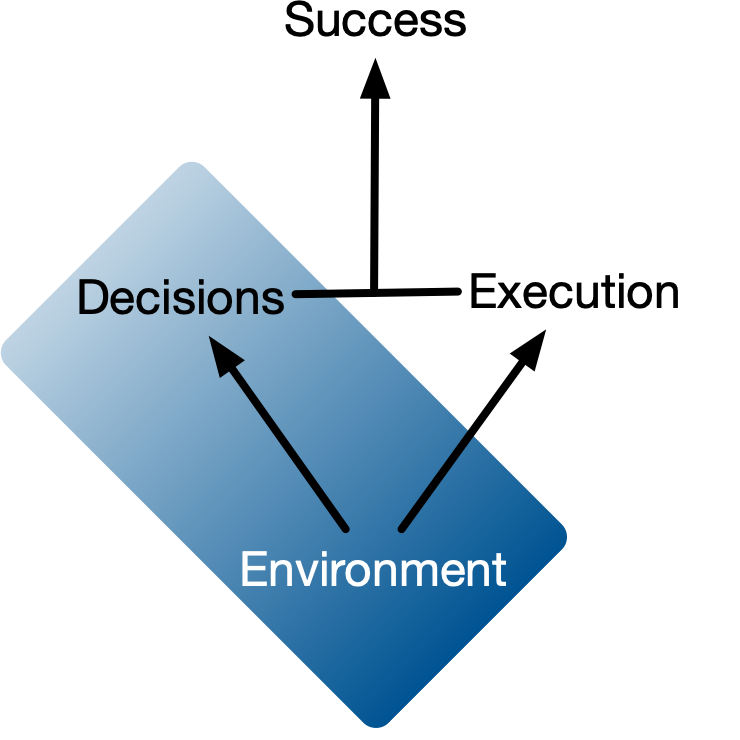My best friend in high school was a wonderful French horn player. He was such a good musician, in fact, that he was banned from playing his instrument. No, really.
The top position in an American marching band is the Band Leader–part conductor, part drill sergeant, who keeps everyone in time and in step. It is an honour, and in accepting it, my buddy swapped his horn for a plumed helmet and a giant baton.
This phenomenon is known as The Peter Principle, after a book of the same name by Laurence J. Peter, which cynically states that, “every employee tends to rise to his level of incompetence.” Bizarrely, it and many of the proposed “solutions” to this problem tend to ignore the obvious–that competence in a new role can and must be taught.
For many people the shift from individual contributor to leader can be unsettling, and it is often especially so for engineers. Having honed a technical practice through extensive training, they are usually selected for certain natural leadership qualities. However, far too often they are given insufficient training and support to develop their “raw talent” into success.
In fact, very often they (and sometimes even those who promoted them) don’t fully understand the fundamental shift required to succeed as a technical leader.
The playing field looks like this:

High-performing teams make good decisions and execute on them well–consistently, repeatedly, and quickly. It’s that simple.
Underpinning this is an environment that supports that good decision-making and solid execution. This includes structure, process, and culture.
Individual contributors influence team success primarily through execution, and also through good decision-making at a tactical level:

Leaders, on the other hand, influence team success primarily by cultivating the support environment, and also through good decision-making at the strategic level:

There is a delicate dance involved with handing over to new leaders. On the one hand, they need to be given authority appropriate to their level of responsibility. That is, if they “own” certain objectives, they need to have the decision-making ability to get there. Appointing leaders but allowing others to undermine their decisions, or forcing them to work through cumbersome consensus processes leads to frustration.
However, simply cutting them adrift doesn’t work either. They almost always require mentorship, guidance, and support specifically around the new behaviours of their new job–learning how to make good strategic decisions, and how to foster the environmental factors that lead to good judgment and execution from their team.
Most important is a mindset shift, from being someone who “knows it all” to someone who “knows how to find out”. To that end, I have compiled a short list of essential reading on the topics of learning how to make good decisions, creating processes that lead to strong execution, and cultivating a high-performance team culture.
All of this is teachable, and it has been my joy to support new technical leaders for many years. If you or your team could use a bit of tuning, let me know.
By the way, my friend eventually got the hang of leading the band, delighting in the orchestration of many instruments toward a common goal. The support of the outgoing band leader was essential to passing the baton.